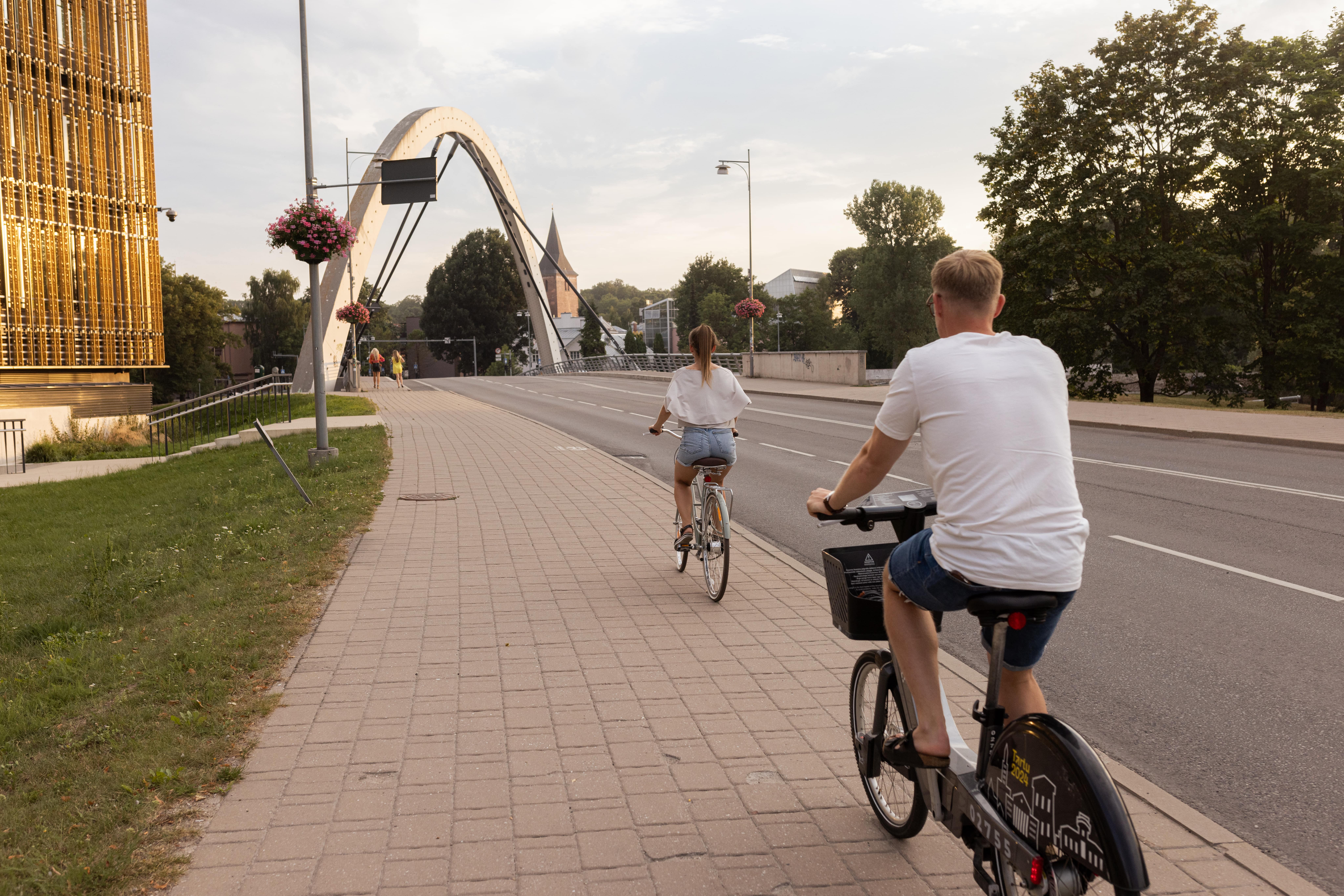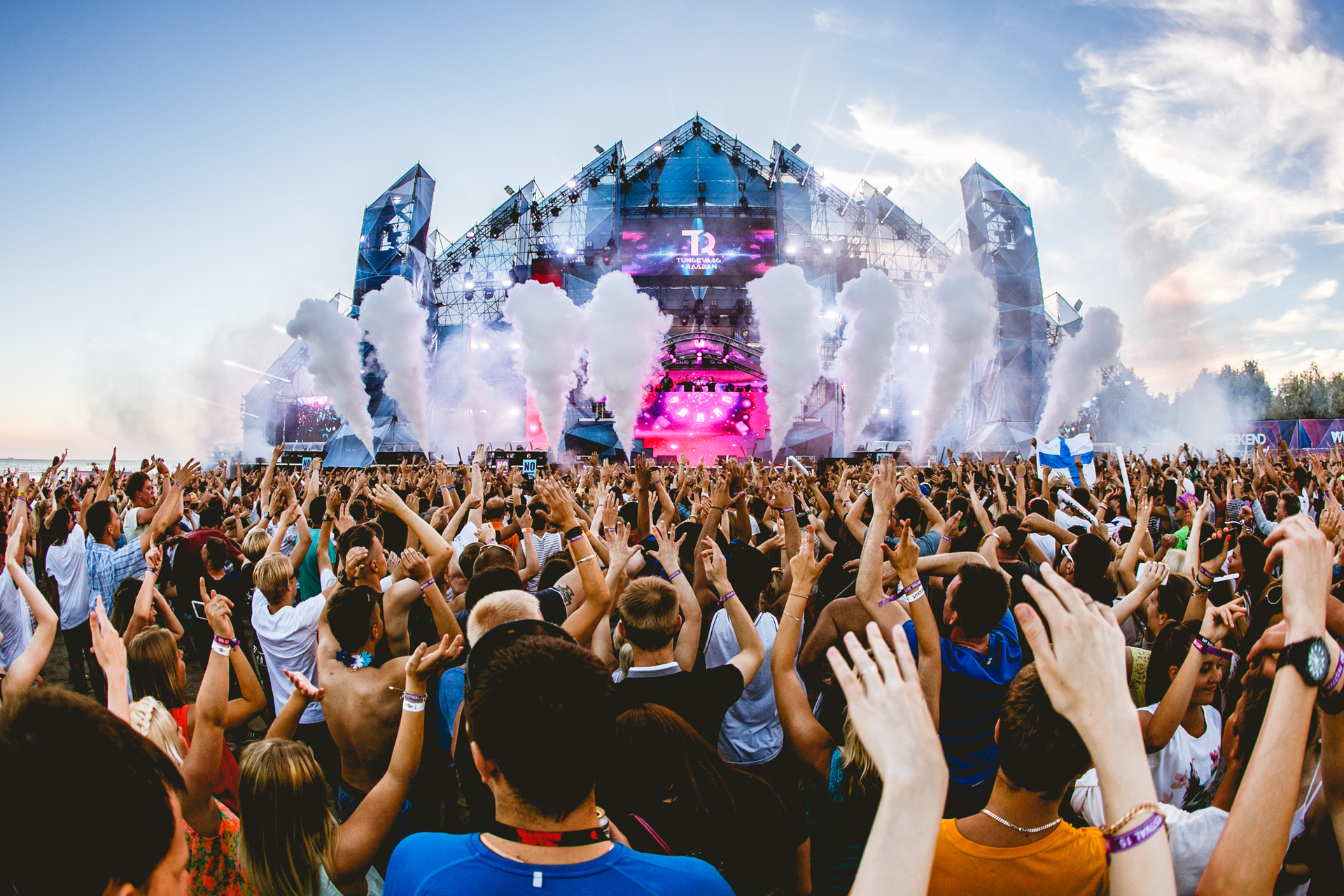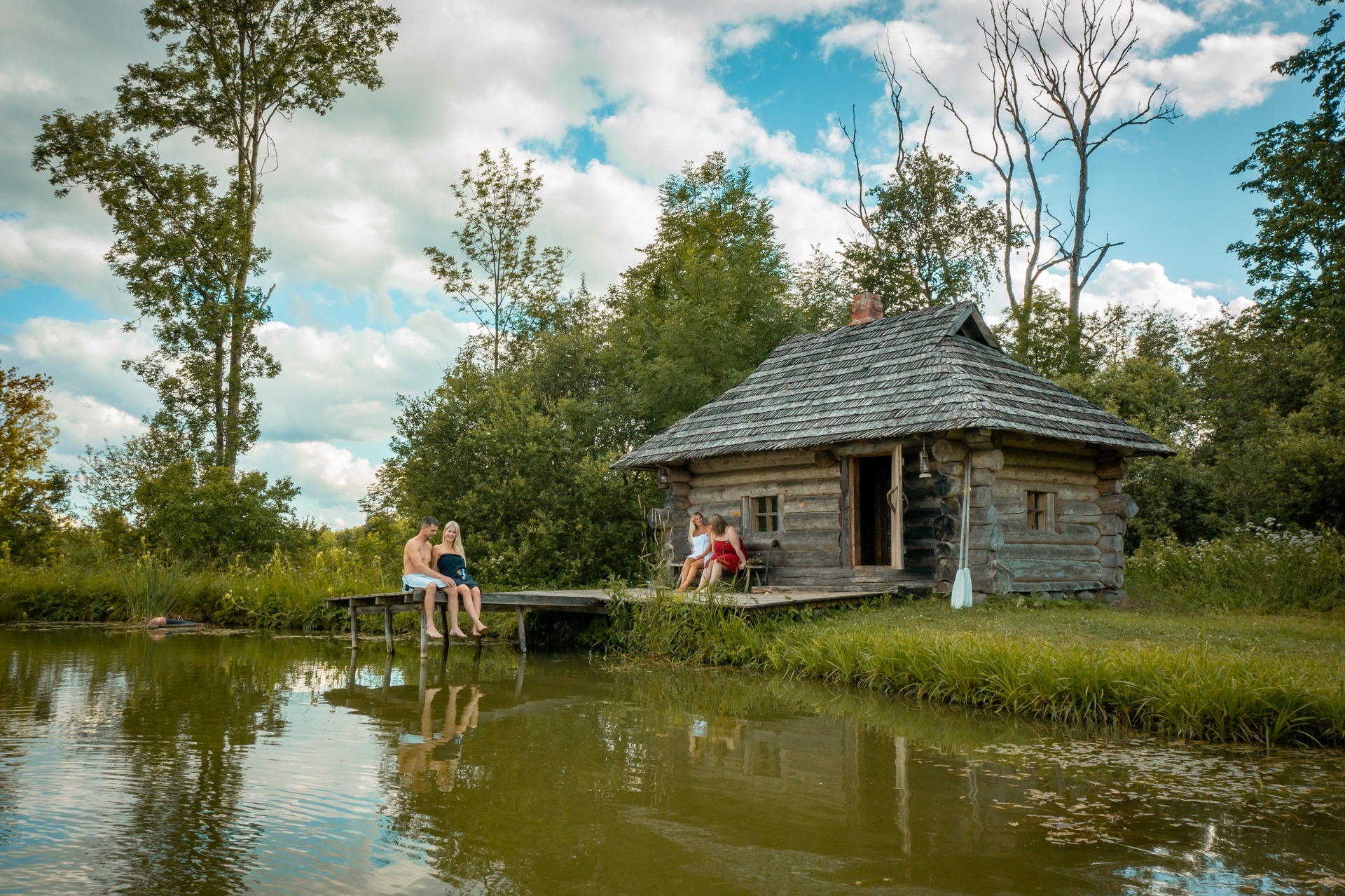Estonia gives you the time and space…
…to immerse yourself in our scenery, history, cuisine, and local community. Time for experiences that are remarkable, memorable, and sustainable.
Source: visit estonia
We are a small nation with a big story to tell.
Estonia has been at the crossroads for centuries.
During the Middle Ages, we were part of the Hanseatic League. Trade routes crisscrossed the country, ferrying goods and people East to West and back. Now, Estonia finds itself at the edge of the European Union, connecting Europe to the East, combining the best of the Nordics and the Baltics.
Estonia is place that will help you understand your own place in the world. A place that, for many people, isn’t even on their radar. But it’s about time it was.
Let us show you why.
Off-the-beaten-path is only 15 minutes away.
Move by pedal or paddle to the beat of the birdsong. Escape the rat race at a foot-powered pace. Estonian nature awaits the adventurous.
Sustainable travel is a timeless tradition, not a trend.
Explore a landscape blanketed by trees, breathe some of the world's cleanest air, and examine your reflection in our clear waters. Take time to learn from master craftspeople and help local communities thrive. Discover cutting-edge chefs using produce grown a stone’s throw away. Press pause and travel silently off-grid and off-season.

Estonian food is an unexpected mix of traditions and up-to-the-minute innovations.
Indulge your passion for dining outdoors on a picnic blanket or at a MICHELIN-recommended restaurant looking out over the sea.
Our compact size and effortless accessibility mean time is tailored to the traveler.
Slow down to better connect to Estonia's roots – and your own.
Estonian culture cherishes the past while embracing an exciting future.
Move to the rhythm of the nation. Sense the never-ending pulse of progress. Hear the echoes of bygone eras.

Discard your cares — and your clothes!
Experience the soul-cleansing, therapeutic powers of Estonia’s timeless smoke sauna traditions.

Every season has something special — and an extra season gives you extra time to see it all.
Expert tip: Exploring off-season will help off-load the pressure.
What are your interests?
Expansive nature and immersive culture are mere moments apart, so no matter how long you stay with us, Estonia will stay with you forever.
Get inspired
Start planning!
Use our interactive map to find destinations, discover new activities, and design a travel plan.